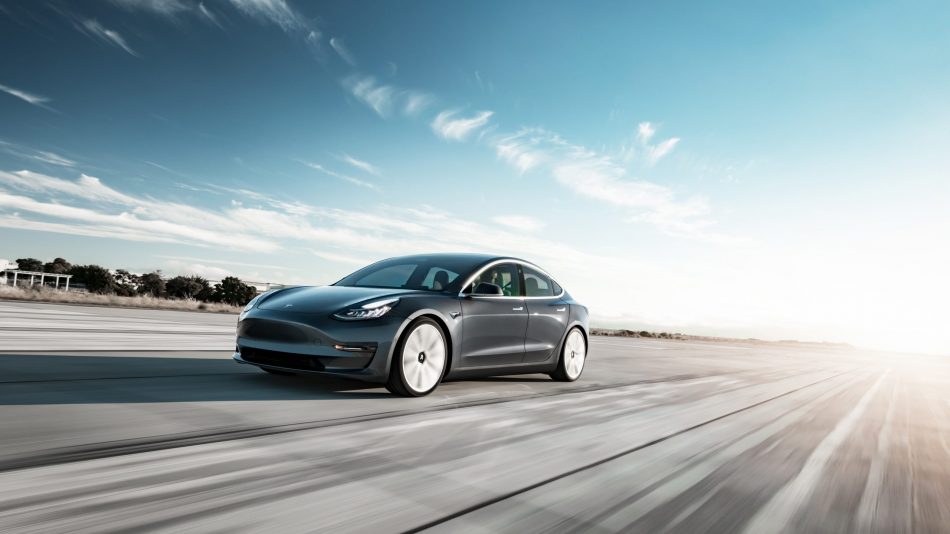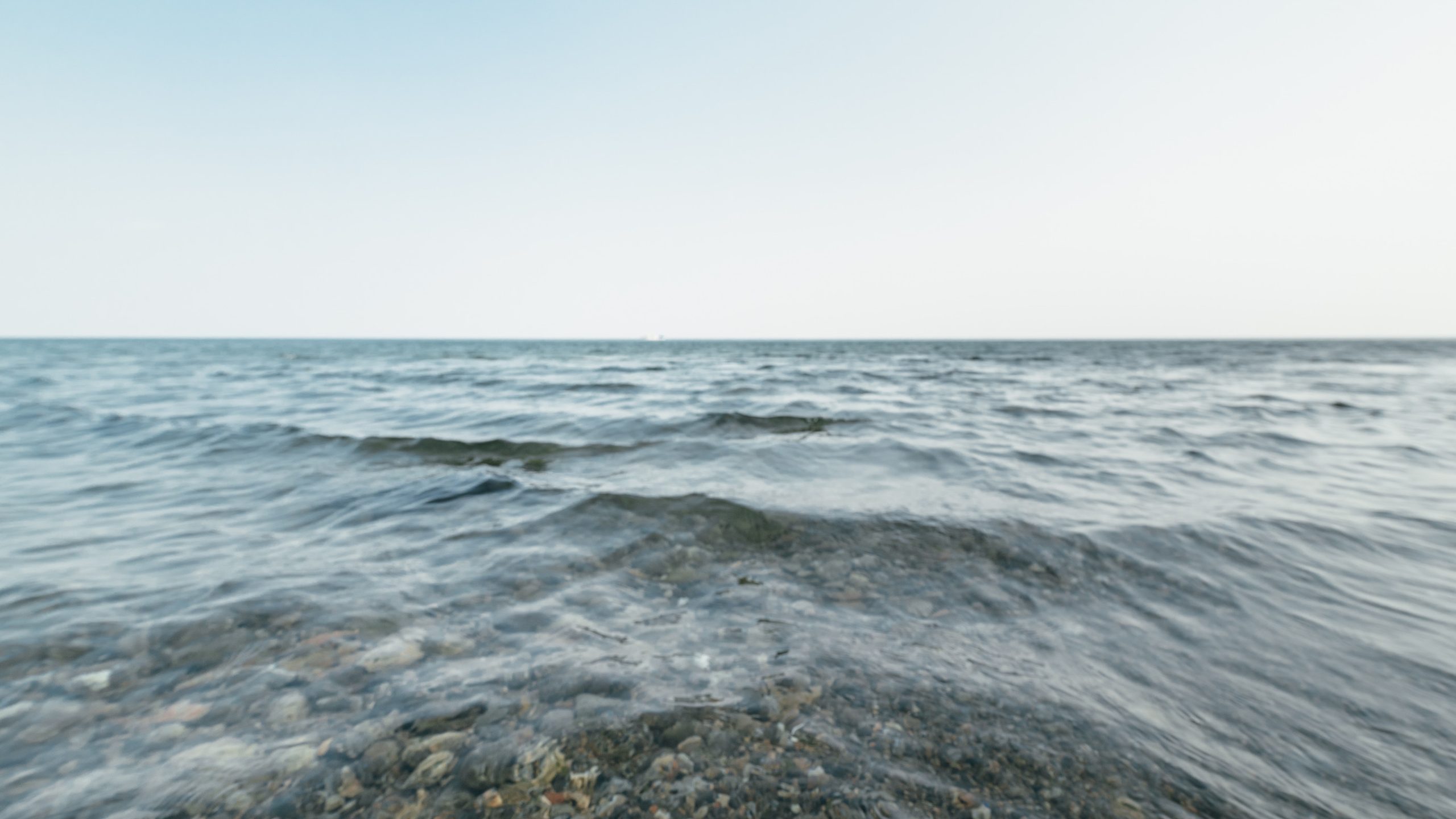Imagine being able to charge your electric vehicle while you drive. Magment, a German company, is working in collaboration with the Indiana state government and Purdue University to make this a reality.
Together, they will test out new streets that have been developed to automatically charge the battery of any electric vehicle that drives on them, provided that the vehicle is outfitted with a special receiver.
Magnetic particles are mixed into the concrete which, according to Tech Xplore, has the ability to transfer power with 95 percent efficiency once electrified. The research is still in its early stages, but more details will emerge once the test is administered on the small stretch of this special road that is currently being built near Purdue’s campus. If everything goes to plan, the Indiana Department of Transportation may start constructing these roads across the state. This could mean that in the future, public infrastructure will be built to support cleaner modes of transportation.
This is not the first time that the concept of a road that is capable of charging electric vehicles while they travel has emerged. For instance, the company ElectRoad partnered with the Israeli government for a similar trial in 2018. However, even if the concept is sound, the real challenge is figuring out a way to implement the system in a way that makes sense. According to a Cornell University engineer working on this technology, we are still around five to ten years away from driving on electric car-charging streets.
That said, the scientists at Magment claim that building a road with their materials would have the same cost as building traditional roads. This will still require building new roads or replacing old roads on top of ensuring that the roads are powered, which will ultimately depend on the significant improvement of American infrastructure.
Additional Sources: Tech Xplore — Indiana to test ‘magment’: a magnetized concrete to charge electric vehicles











